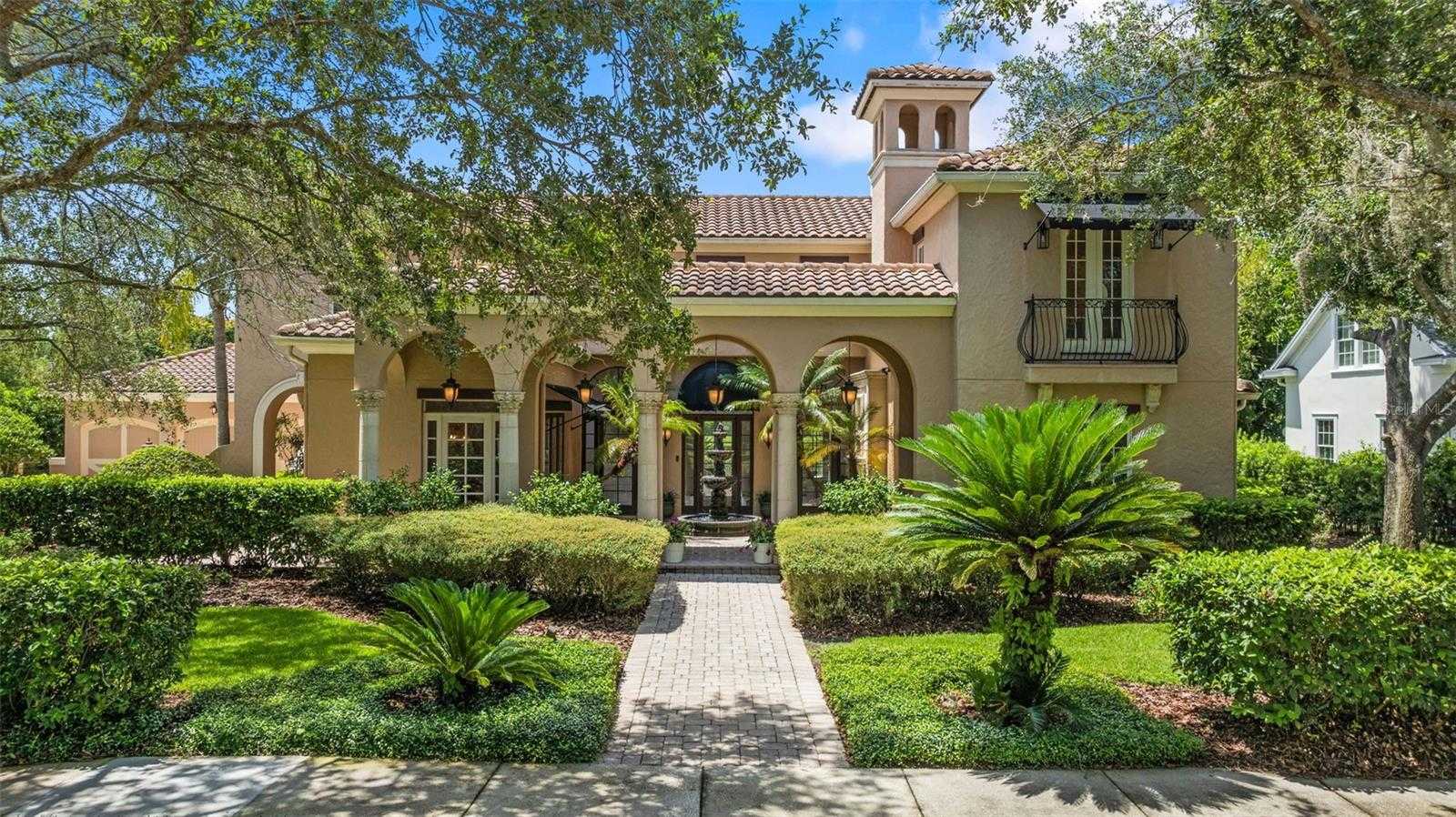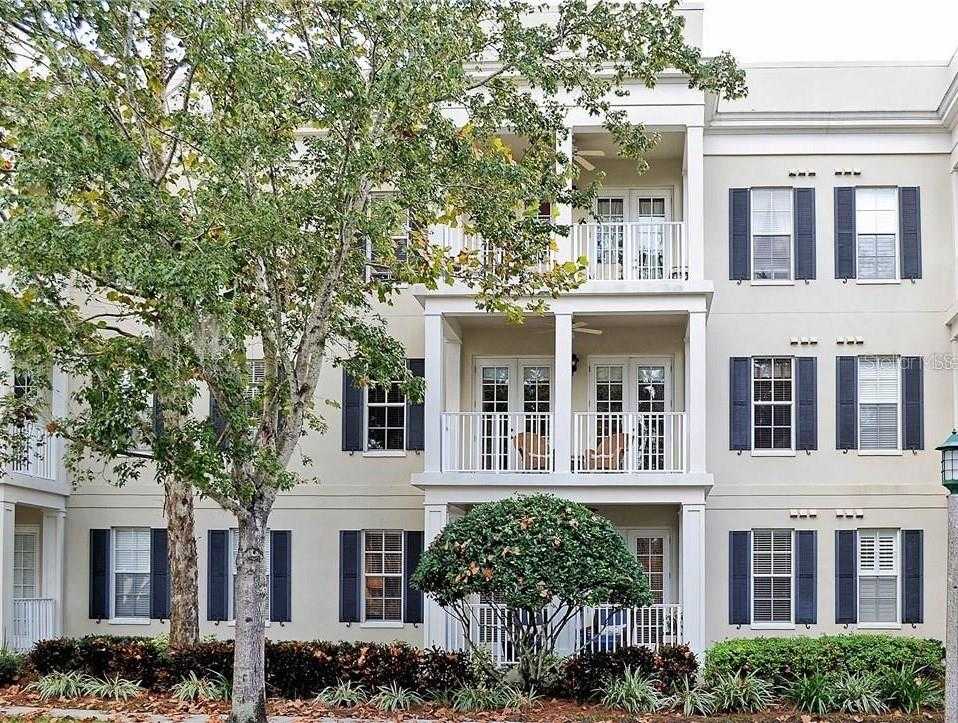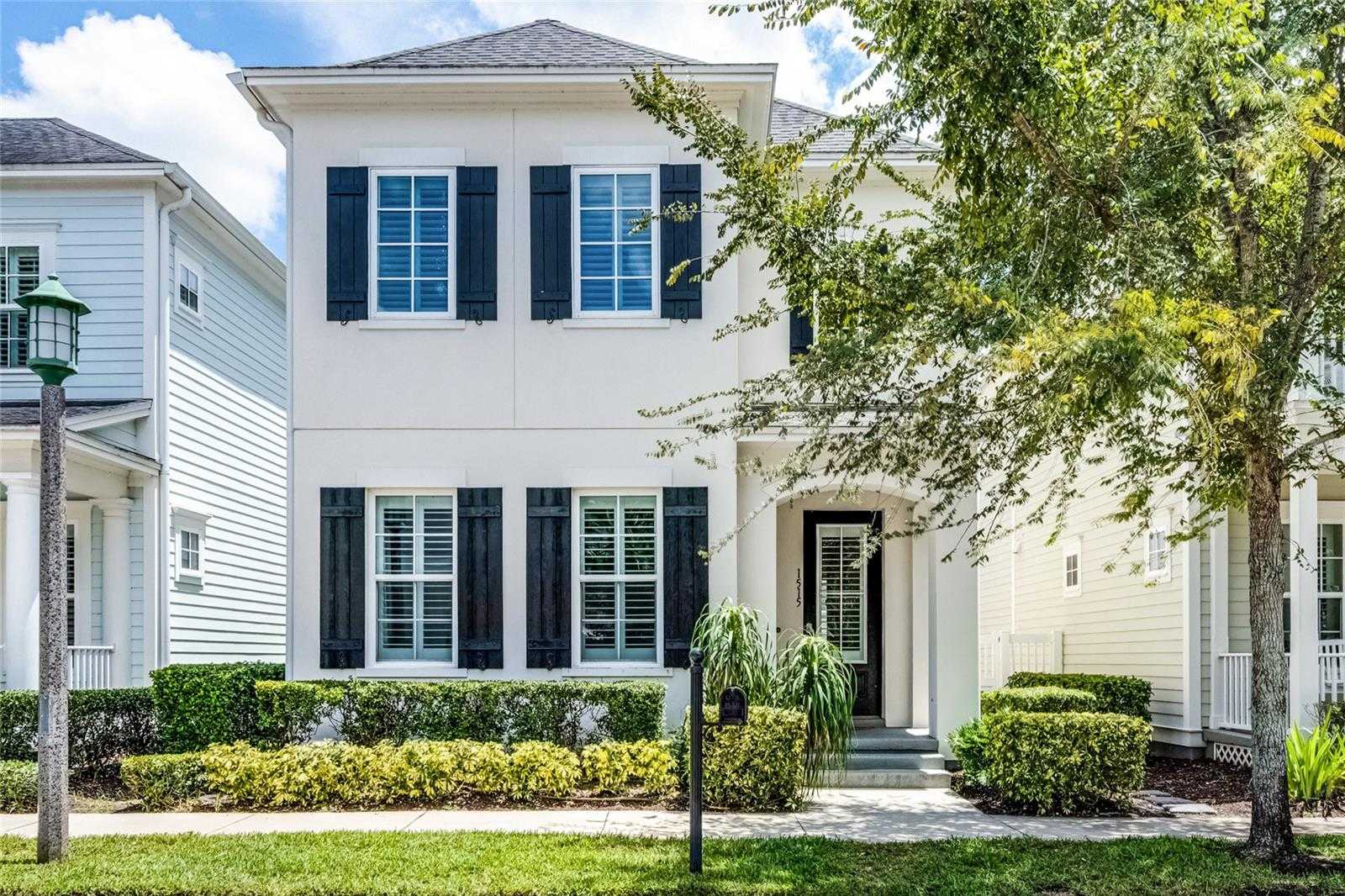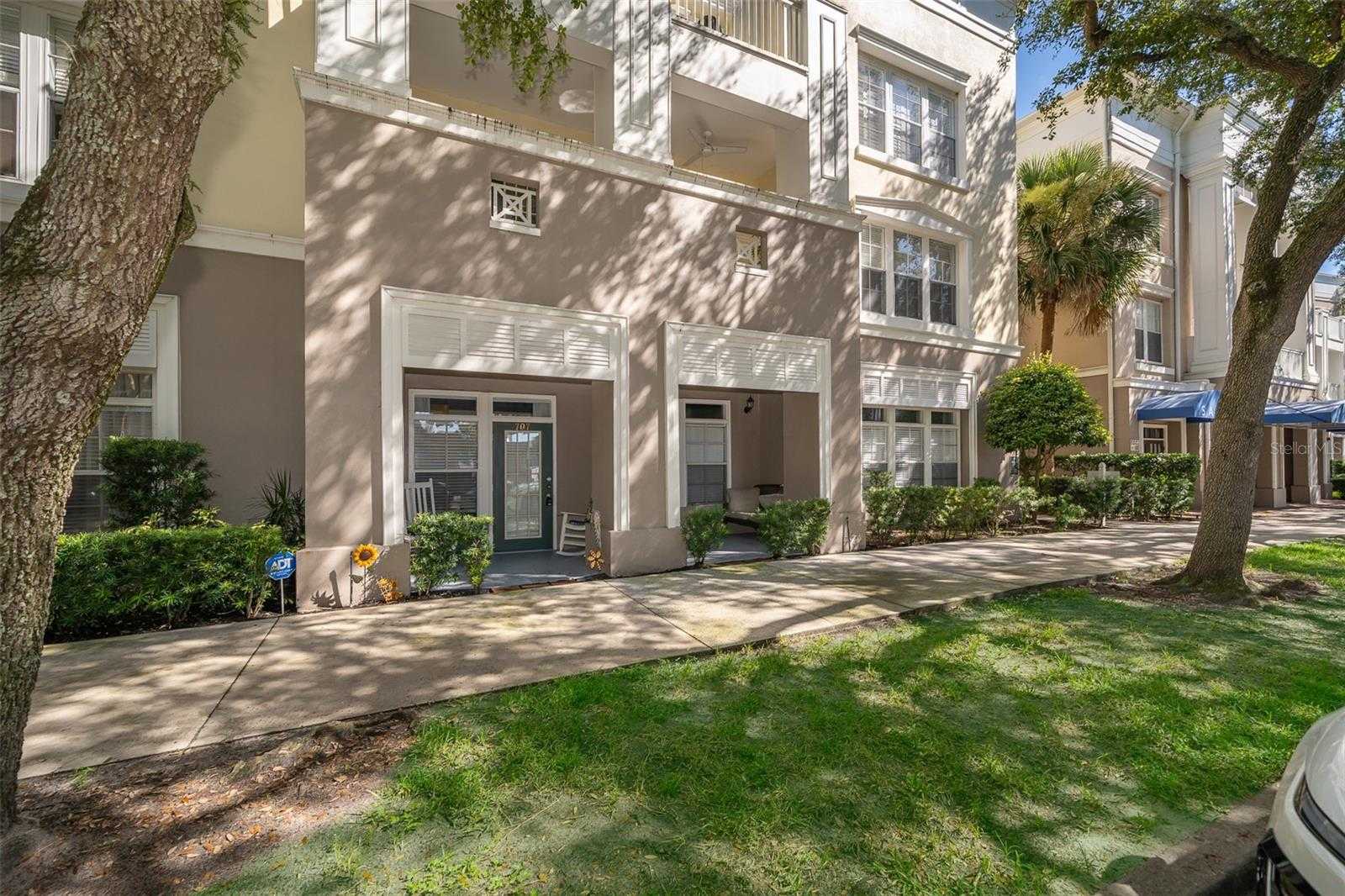Orlando’s vacation rental market presents a compelling dilemma for property investors: should you capitalize on the city’s massive tourism industry with short-term Airbnb rentals, or secure steady income through traditional long-term leasing? With over 75 million visitors annually and a thriving local population, Orlando offers unique opportunities for both strategies.
The answer isn’t simple.
Each approach comes with distinct advantages, challenges, and financial implications that can dramatically impact your return on investment. Understanding these differences is crucial for making an informed decision that aligns with your investment goals and risk tolerance.
Understanding the Two Rental Strategies
Short-term rentals (STRs) typically accommodate guests for periods under 30 days, operating much like boutique hotels. These properties are fully furnished and cater to tourists, business travelers, and temporary residents seeking home-like amenities during their stay.
Long-term rentals (LTRs) involve leasing properties for six months or longer under traditional lease agreements. Tenants bring their own furnishings and treat the space as their primary residence, creating a more stable landlord-tenant relationship.
Orlando’s unique position as both a tourism powerhouse and a growing metropolitan area makes both strategies viable, but the optimal choice depends on several critical factors.
Income Potential: The Numbers Game
Short-Term Rental Revenue in Orlando
Orlando’s short-term rental market can deliver impressive gross returns when managed effectively. Current market data shows:
- Average monthly income: $2,474-$7,000 for well-positioned properties
- Annual gross revenue: $29,000-$55,000 for standard listings, with premium properties exceeding $70,000
- Average daily rates (ADR): $125-$225, depending on property size and location
- Occupancy rates: 52-63% average, peaking at 75% during high seasons
Properties in prime vacation rental communities near Disney and Universal can command significantly higher rates, especially during peak travel periods like spring break, summer holidays, and major conventions.
Long-Term Rental Income Stability
Orlando’s growing population and strong job market support robust long-term rental demand:
- Average single-family home rent: $2,500-$3,200 monthly
- Apartment rents: $1,700-$2,400 for 1-2 bedroom units
- Annual gross income: $24,000-$38,400 for most properties
- Occupancy rates: Consistently 92-96%
While gross yields are lower than successful STRs, the predictability and minimal vacancy risk make LTRs attractive for risk-averse investors.






Operational Costs and Management
Short-Term Rental Expenses
STR properties require significantly higher operational investment:
| Expense Category | Annual Cost Range |
| Professional Management | 15-30% of gross revenue |
| Cleaning & Turnover | $100-300 per stay (30-75 turnovers annually) |
| Furnishing & Decor | $10,000-50,000 initial, ongoing updates |
| Utilities | Owner responsibility (all included) |
| Insurance | $1,500-4,500 (specialized STR coverage) |
| Supplies & Amenities | $500-2,000 annually |
| Tourist Taxes | 12-13% of gross revenue |
Long-Term Rental Operating Costs
LTR properties maintain lower operational overhead:
| Expense Category | Annual Cost Range |
| Property Management | 8-12% of monthly rent |
| Maintenance & Repairs | Lower frequency, tenant responsibility for minor issues |
| Insurance | $800-2,500 (standard landlord policy) |
| Utilities | Tenant responsibility |
| Turnover Costs | $150-500 per tenant change (every 1-3 years) |
Regulatory Landscape and Compliance
Short-Term Rental Regulations
Orlando’s STR regulations are complex and location-dependent:
City of Orlando:
- Requires owner occupancy (home-sharing model only)
- Extensive licensing requirements ($275-400 annually)
- Strict guest limits and operational restrictions
- Heavy enforcement with substantial penalties
Osceola County (Kissimmee area):
- STR-friendly policies in resort communities
- Streamlined licensing process
- Purpose-built vacation rental neighborhoods
Orange County (unincorporated areas):
- Generally prohibits STRs in residential zones
- Commercial and legacy vacation communities may be exempt
Long-Term Rental Framework
Florida’s landlord-friendly laws create a stable regulatory environment for LTRs:
- Statewide preemption of local rent control
- Streamlined eviction processes
- Minimal licensing requirements
- Consistent legal framework across municipalities
Occupancy Patterns and Revenue Stability
Short-Term Rental Seasonality
STR income fluctuates significantly with Orlando’s tourism patterns:
- Peak seasons: 70-75% occupancy during holidays and conventions
- Shoulder seasons: 52-63% average occupancy
- Low seasons: Can drop to 35-40% in late summer/fall
- Event dependency: Major conventions and theme park events drive demand spikes
This volatility means STR owners must prepare for income fluctuations throughout the year.
Long-Term Rental Consistency
LTR properties offer remarkable stability:
- Vacancy rates: Typically 4-7% annually
- Lease terms: Usually 12 months with high renewal rates
- Income predictability: Fixed monthly payments regardless of economic conditions
- Tenant retention: Quality properties often see multi-year tenancies

Market Demand Drivers
Tourism-Dependent STR Market
Orlando’s STR success relies on:
- 75+ million annual visitors
- Theme park tourism and business conventions
- International travel recovery
- Special events and seasonal attractions
Economic downturns, travel restrictions, or major disruptions can significantly impact STR performance.
Population-Driven LTR Market
Orlando’s LTR demand stems from:
- Steady population growth (50,000+ new residents 2022-2024)
- Expanding employment in healthcare, technology, and hospitality
- Educational institutions and young professional migration
- Housing affordability relative to other major metros
This foundation provides more recession-resistant demand for LTR properties.
Financial Performance Analysis
Return on Investment Comparison
Short-Term Rentals:
- Gross yields: 7-14% in optimal locations
- Net returns: Typically 8-10% after all expenses
- Cash flow: Variable monthly income with seasonal peaks
- Appreciation potential: Higher in resort communities
Long-Term Rentals:
- Gross yields: 4-7% consistently
- Net returns: 4-7% with predictable expenses
- Cash flow: Steady monthly income
- Appreciation: Stable growth with the local market
Risk Assessment
Short-Term Rental Risks
- Regulatory changes: Potential for stricter local restrictions
- Market saturation: Increasing competition in popular areas
- Economic sensitivity: Travel industry volatility
- Management intensity: Requires constant attention or expensive professional management
Long-Term Rental Risks
- Tenant issues: Potential for problem tenants or extended vacancies
- Rent growth limitations: Fixed lease terms limit immediate rate adjustments
- Market cycles: Subject to local employment and population trends
- Property condition: Less frequent property oversight
Strategic Recommendations for Orlando Investors
Choose Short-Term Rentals If:
- You’re investing in legally compliant resort communities (Osceola County)
- You can commit to active management or afford 25-30% management fees
- Your property offers unique amenities or a prime location near attractions
- You have sufficient capital reserves for seasonal income fluctuations
- You want flexibility for personal use of the property
Choose Long-Term Rentals If:
- You prefer predictable, steady income streams
- You’re investing in traditional residential neighborhoods
- You want minimal day-to-day management involvement
- You’re building a retirement income portfolio
- You have a lower risk tolerance for income volatility
Hybrid Strategy Considerations
Some experienced investors operate properties as STRs during peak seasons and convert to monthly rentals during slower periods. This approach requires:
- Properties in STR-legal zones with flexible zoning
- Management systems that can handle both rental types
- Financial planning for transition periods
- Understanding of both market segments
Making Your Decision
The choice between Airbnb and long-term rental strategies in Orlando ultimately depends on your investment objectives, risk tolerance, and operational capacity.
Maximize income potential with short-term rentals if you can navigate the regulatory landscape, manage higher operational complexity, and weather income volatility. The rewards can be substantial for well-executed STR investments in prime locations.
Prioritize stability and simplicity with long-term rentals if you prefer predictable returns, minimal management involvement, and steady cash flow. Orlando’s growing population supports strong LTR fundamentals across most neighborhoods.
Consider your resources: STRs require more capital, time, and expertise to succeed, while LTRs offer a more accessible entry point for newer investors or those seeking passive income.
Both strategies can build wealth in Orlando’s dynamic real estate market. The key is choosing the approach that aligns with your investment goals and executing it with professional guidance from experienced local experts.
Get Expert Guidance from an Investor Who Knows
Navigating Orlando’s dynamic rental market requires more than just a real estate license. It demands firsthand experience. As a real estate investor and the owner-operator of FunStay Homes, I’ve spent over a decade mastering both sides of this market. I don’t just sell properties; I manage a portfolio of over 100 vacation rentals and understand exactly what it takes to succeed.
Whether you’re drawn to the high-yield potential of a short-term rental or the steady security of a long-term lease, I can provide the data-driven insights and on-the-ground knowledge to help you achieve your goals.
Find the perfect Orlando investment property. Let’s talk.




 EN
EN
 ZH
ZH